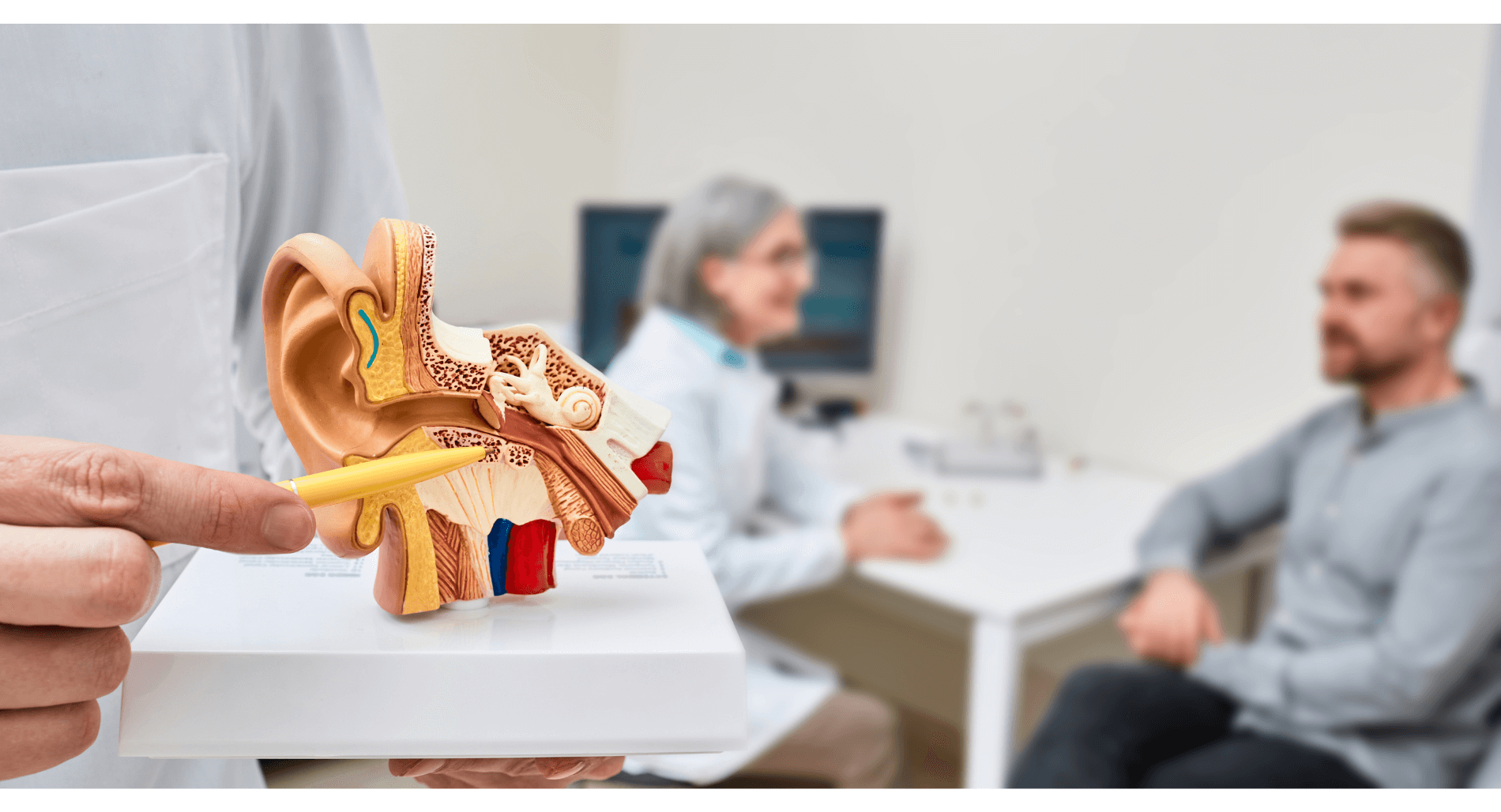
If you love listening to music through headphones, you are likely aware of how many models are insufficient at competing with the external world. Earbuds tend to be the worst at this game of “one-upmanship.”
Without a cone of padding and noise protection to block out the external world, most wearers of earbuds find that they create a puzzling combination of noise from the world and some of the tones in the music or other audio they want to enjoy. In some instances, this combination of sound is useful, even essential to your safety.
While running outdoors, you need to maintain awareness of surrounding dangers or the treats of traffic, for example. Combining your jogging playlist with awareness of the world is a good way to stay motivated while also making yourself attuned to potential dangers. However, other contexts beg for isolation from the noise in the surrounding world.
One technological innovation—active noise cancelling headphones—can actually have a significant benefit for your hearing health, as well. Let’s look at the way these devices work, as well as the relationship with hearing protection.
Active and Passive Noise Cancelling Headphones
The most common form of noise cancellation comes in passive form through layers of sound reflection. If you use padded over-the-head headphones, they provide many layers of sonic isolation from the world. Reflective materials and fibers are used to block out the sounds of the surrounding world, creating a better auditory context for the sounds you want to hear in music or other media.
However, the passive noise cancellation in these devices can only go so far. Even the best passive noise cancellation faces an incredible task to block out the sound of a noisy urban environment.
Active noise cancellation adds another dimension of exclusivity. These headphones were devised for use by airplane pilots and other technicians who need to preserve communication ability while staying calm in a very loud working environment. In order to achieve a quiet sonic chamber around the ear, these devices use the principle of phase cancellation. When a sound is played back with 180-degree opposition, sound waves effectively erase themselves. This principle is useful for audio engineering of music and sound design, but it is also the crucial feature of active noise cancellation in headphones.
A microphone is attached to these headphones that captures the sustained noise floor coming from fans, motors, and constant sounds of transportation. With this sound in place, active noise cancelling headphones reproduce a sound that mirrors that sound but puts it “out of phase.” These headphones actually play a mirror image of the surrounding environment in a way that makes it seem as if it disappears.
How Do Active Noise Cancelling Headphones Protect Hearing?
If these devices are playing back additional sound, wouldn’t you think they are actually doing additional harm to your hearing? In one sense, this is possible, but the potential benefit for your hearing health comes in the form of the maximum volume you choose on your device.
If you hear background noise, your tendency is to compete with that sound by playing the music or other media in your headphones at an even greater volume. This competition is a cumulative endeavor. You are not only damaging your hearing by playing media at a very loud level, but you are also experiencing background noise at the same time.
Active noise cancelling headphones make it possible to reduce the overall level of volume of music and media to a safer and more comfortable volume while also hearing every feature of the sound you enjoy. The greatest hearing risk from headphones comes from sustained durations of listening at very high volumes. Active noise cancelling headphones make it possible to reduce that overall volume, but you still need to remain aware of the duration of use.
If you are playing music or media at a high volume, then you can incur hearing damage in a surprisingly rapid time, sometimes as fast as 15 minutes. As a general rule, you should keep most devices at or below 75 percent of the maximum possible volume. If you bump up that volume to hear something indecipherable or to enjoy your favorite song, don’t forget to return the volume to a safe level as soon as possible.
Are you concerned about your hearing abilities? Have you noticed changes in your hearing? The first step to healthy hearing is scheduling a hearing test. Contact us today to set up a consultation!

When to See a Hearing Health Professional for a Hearing Check
Matthew Favinger, M.S., F-AAA

Virtual Support Groups for People with Hearing Loss
Matthew Favinger, M.S., F-AAA

